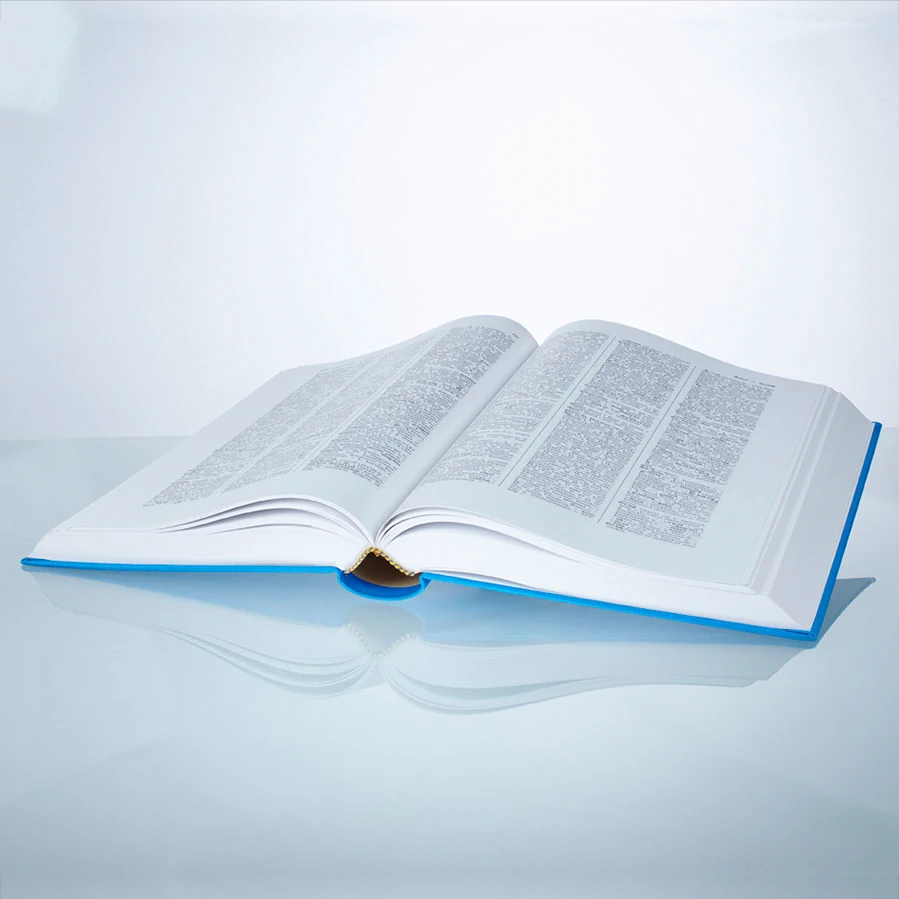Rosamund Stone Zander: The Art of Possibility, Kartoniert / Broschiert
The Art of Possibility
- Transforming Professional and Personal Life
- Verlag:
- Penguin LLC US, 09/2002
- Einband:
- Kartoniert / Broschiert
- Sprache:
- Englisch
- ISBN-13:
- 9780142001103
- Artikelnummer:
- 2013471
- Umfang:
- 224 Seiten
- Sonstiges:
- illustrations
- Copyright-Jahr:
- 2002
- Gewicht:
- 201 g
- Maße:
- 203 x 136 mm
- Stärke:
- 20 mm
- Erscheinungstermin:
- 24.9.2002
- Hinweis
-
Achtung: Artikel ist nicht in deutscher Sprache!
Weitere Ausgaben von The Art of Possibility |
Preis |
|---|
Inhaltsangabe
An Invitation to Possibility
Launching the Journey
THE PRACTICES:
1. It's All Invented
2. Stepping into a Universe of Possibility
3. Giving an A
4. Being a Contribution
5. Leading from Any Chair
6. Rule Number 6
7. The Way Things Are
8. Giving Way to Passion
9. Lighting a Spark
10. Being the Board
11. Creating Frameworks for Possibility
12. Telling the WE Story
Coda
Acknowledgments
A Guide to the Stories
About the Authors
Rezension
"As applicable in the workplace as in an intimate relationship." - The Boston Globe
"In the presence of either Zander, one's spirit soars. Now they reveal their secrets in a deeply satisfying book. I guaratee you'll be inspired." - Gail Sheehy
"The passionate energy permeating The Art of Possibility is a true force for every reader for self-development and life fulfillment." - Klaus Schwab , founder and president, World Economic Forum
Klappentext
Presenting twelve breakthrough practices for bringing creativity into all human endeavors, The Art of Possibility is the dynamic product of an extraordinary partnership. The Art of Possibility combines Benjamin Zander's experience as conductor of the Boston Philharmonic and his talent as a teacher and communicator with psychotherapist Rosamund Stone Zander's genius for designing innovative paradigms for personal and professional fulfillment.
The authors' harmoniously interwoven perspectives provide a deep sense of the powerful role that the notion of possibility can play in every aspect of life. Through uplifting stories, parables, and personal anecdotes, the Zanders invite us to become passionate communicators, leaders, and performers whose lives radiate possibility into the world
Auszüge aus dem Buch
Chapter One
THE FIRST PRACTICE
It's All Invented
A shoe factory sends two marketing scouts to a region of Africa to study the prospects for expanding business. One sends back a telegram saying, SITUATION HOPELESS STOP NO ONE WEARS SHOES The other writes back triumphantly, GLORIOUS BUSINESS OPPORTUNITY STOP THEY HAVE NO SHOES
To the marketing expert who sees no shoes, all the evidence points to hopelessness. To his colleague, the same conditions point to abundance and possibility. Each scout comes to the scene with his own perspective; each returns telling a different tale. Indeed, all of life comes to us in narrative form; it's a story we tell.
The roots of this phenomenon go much deeper than just attitude or personality. Experiments in neuroscience have demonstrated that we reach an understanding of the world in roughly this sequence: first, our senses bring us selective information about what is out there; second, the brain constructs its own simulation of the sensations; and only then, third, do we have our first conscious experience of our milieu. The world comes into our consciousness in the form of a map already drawn, a story already told, a hypothesis, a construction of our own making.
A now-classic 1953 experiment revealed to stunned researchers that a frog's eye is capable of perceiving only four types of phenomena:
- Clear lines of contrast
- Sudden changes in illumination
- Outlines in motion
- Curves of outlines of small, dark objects
A frog does not "see" its mother's face, it cannot appreciate a sunset, nor even the nuances of color. It "sees" only what it needs to see in order to eat and to avoid being eaten: small tasty bugs, or the sudden movement of a stork coming in its direction. The frog's eye delivers extremely selective information to the frog's brain. The frog perceives only that which fits into its hardwired categories of perception.
Human eyes are selective, too, though magnitudes more complex than those of the frog. We think we can see "everything," until we remember that bees make out patterns written in ultraviolet light on flowers, and owls see in the dark. The senses of every species are fine-tuned to perceive information critical to their survival - dogs hear sounds above our range of hearing, insects pick up molecular traces emitted from potential mates acres away.
We perceive only the sensations we are programmed to receive, and our awareness is further restricted by the fact that we recognize only those for which we have mental maps or categories.
The British neuropsychologist Richard Gregory wrote, "The senses do not give us a picture of the world directly; rather they provide evidence for the checking of hypotheses about what lies before us." And neurophysiologist Donald O. Hebb says, "The real world' is a construct, and some of the peculiarities of scientific thought become more intelligible when this fact is recognized ... Einstein himself in 1926 told Heisenberg it was nonsense to found a theory on observable facts alone: In reality the very opposite happens. It is theory which decides what we can observe.'"
We see a map of the world, not the world itself. But what kind of map is the brain inclined to draw? The answer comes from one of the dictates of evolution, the survival of the fittest. Fundamentally, it is a map that has to do with our very survival; it evolved to provide, as a first priority, information on immediate dangers to life and limb, the ability to distinguish


